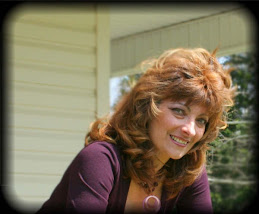
As I hope you learned in middle school English class, there are three major types of conflict in literature: man vs. man, man vs. nature, and man vs. himself--or in Christian circles, we could include man vs. God.
Regardless of the conflict, a story is made richer by the presence of a villain. In children's literature, the villain is often one-dimensional and the creepier the better. My son loves superheroes and supervillains, both of whom MUST contain super powers of some sort.
But in adult literature, the villains need to be more complex or we tire of them. The villain needs to be at least as interesting as the hero, otherwise it's not a fair contest of wills.
A common mistake is working hard to create a complex, believable hero while allowing the villain to fall into a predictable cardboard stereotype. The villain doesn't necessarily have to be "evil" in every sense of the word. The villain is whatever stands in the way of the hero attaining whatever it is he desperately wants.
.
The most interesting villains need to have something redeemable about them. Even the most horrendous criminal was somebody's baby once. Someone loved him at some point, so show that side somehow. Give him an out-of-character quirk that makes him more intriguing: a killer who grows prize roses, a psychopath who gives large sums of money to the animal shelter, etc.
.
Don't make it ridiculous, but adding little details gives your villain life. The conflict between good and evil is heightened when it is blurred a bit. And conflict is always the goal!




No comments:
Post a Comment